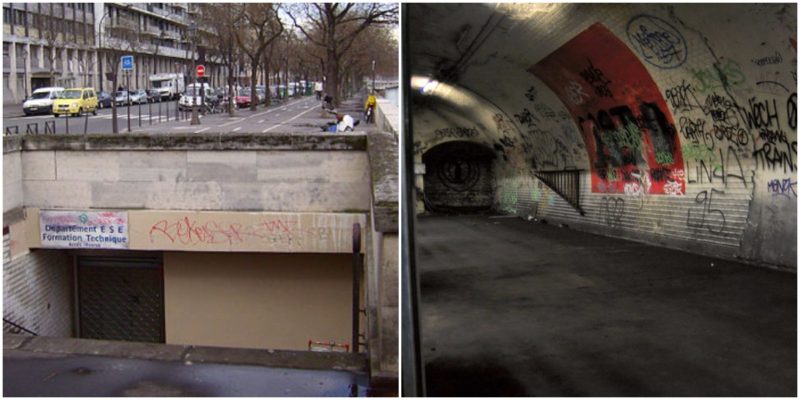The city of Paris has a long history and is known worldwide for its many museums, monuments and famous streets and quarters. The “City of Light” also has more than a century’s worth of old history within its underground transportation system.
The Paris Metro (Métropolitain) is one of the recognizable symbols of the French capital. After the Moscow Metro, it is the second busiest subway system in Europe, with more than 4 million passengers daily. The first line was opened on 19 July 1900, during the World’s Fair (Exposition Universelle). Today, the Paris Metro has 303 stations, 387 train halls, and 16 lines. Many of the stations can be considered unique pieces of art, for instance, some of them are perfect examples of the French Art Nouveau architecture. There are 141 entrances to the stations that were built between 1900 and 1912, and 86 of these still exist.
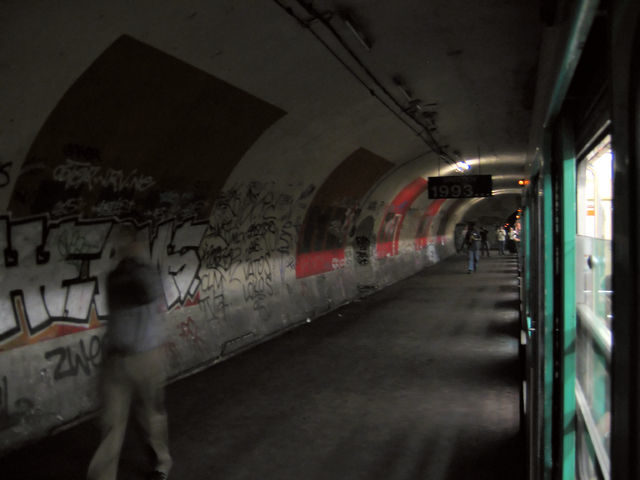
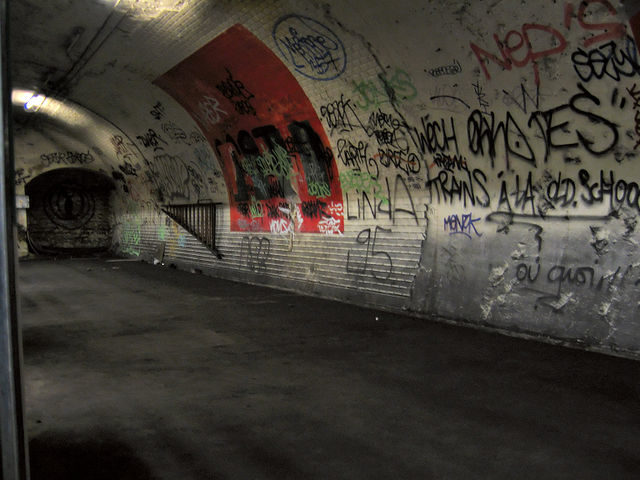
There are also abandoned and long forgotten underground stations of the Paris Metro that are now in a state of ruin, and among these are 16 stops that were closed nearly 70 years ago. These have, since then, been almost completely deserted and left to decay. These unusual, hidden places are little known by tourists or by the majority of the population of Paris, but they are an underground heaven for artists and urban explorers. In the past seven decades, the city authorities have had several ideas for their reconstruction, such as transforming parts of the stations into bars, nightclubs, cinemas or even, as was discussed, a public swimming pool. These visions for the stations haven’t, as of yet, been realized but even still, in their neglected state, these remarkable stations, which over the years have become known as the Ghost Stations (or Les Stations Fantômes), are charming and mysterious places.
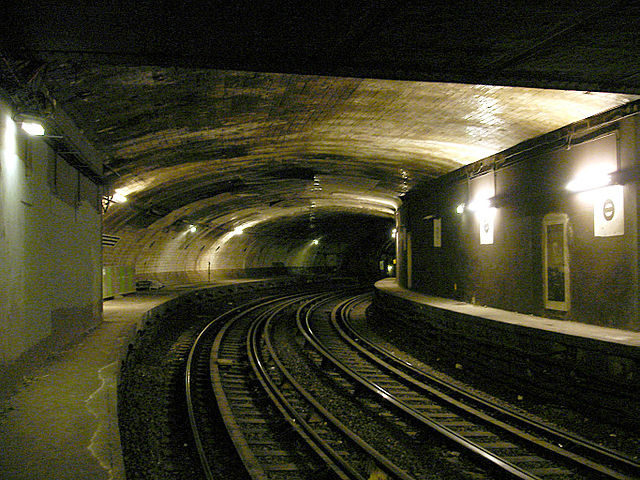
The stations were initially closed to the public and abandoned due to various reasons. Some of them have since been replaced by new ones, while others have never been finished, mainly down to financial reasons. Many of the Ghost Stations were closed in 1939, at the beginning of World War II. France was attacked by Germany and so many railway workers joined the army in order to defend their country. Due to the reduction of the labor force, only 85 metro stations during the war remained functional. After the war, most of the closed stations were operational again but stations like Arsenal (near Bastille in the East), Champ de Mars (by the Eiffel Tower), Croix-Rouge (in the Latin Quarter) and Saint-Martin (next to the Place de La Republique) remained closed for good. The station Saint-Martin was actually opened after the Liberation, however, it was soon closed again and hasn’t ever reopened since. This station, interestingly, still has vintage advertisements from the 1940s on its walls. For several years, the halls of Saint-Martin station were used as a day center for the homeless, especially during winter.
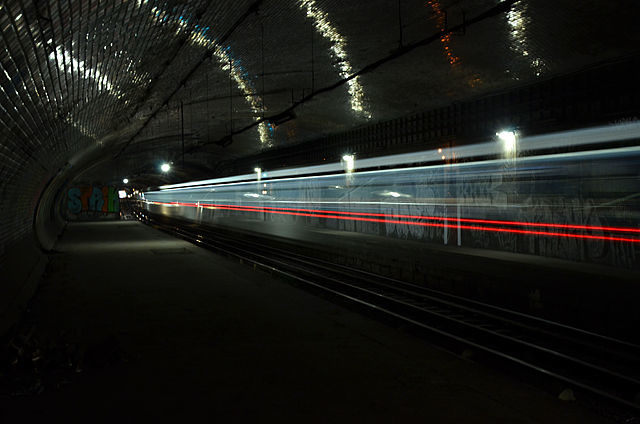
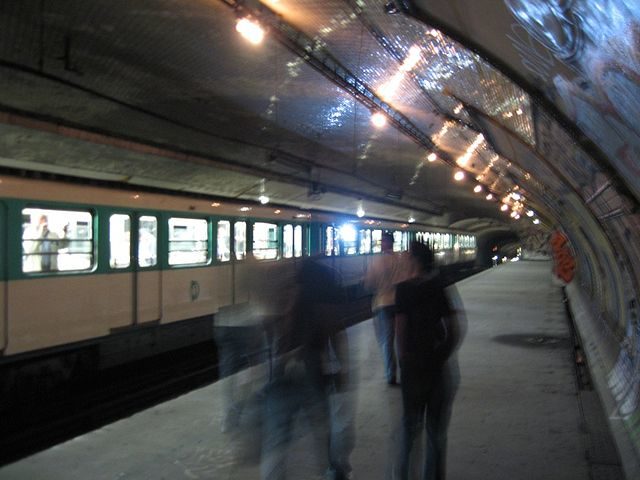
The two stations, Porte Molitor and Haxo, were constructed but never actually used for passenger transport and so they don’t have exterior entrances. They were built in the 1920s and were closed because they were too complex to maintain. Today, the public can visit them only during rare and special occasions and, in fact, Porte Molitor currently only serves as a garage for trains.

The construction of three other stations was also started near the neighborhood of La Defense and the Orly Airport, however, construction was stopped past the concrete stage of building and so, of course, they have never been used by any lines.
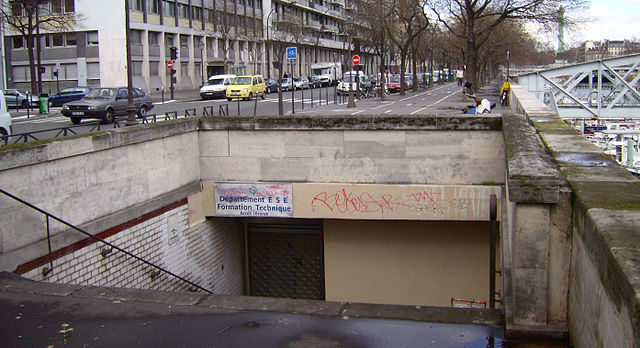
The entrances of the Ghost Stations are blocked off and it is illegal to enter unauthorized, however, some of the stations open to the public for the Annual Heritage Days. Some of the stations have been used as filming locations for famous French movies, such as in Amélie, from 2001. Even though visiting the Ghost Stations is forbidden, somehow they continue to be visited by urban explorers and artists; the graffiti on the walls are proof of the human activity moving through them in a different way. Still, the city authorities hold on to their ideas for the renovation of these locations that may one day be transformed into something new in the glorious and ever-changing “City of light”.
